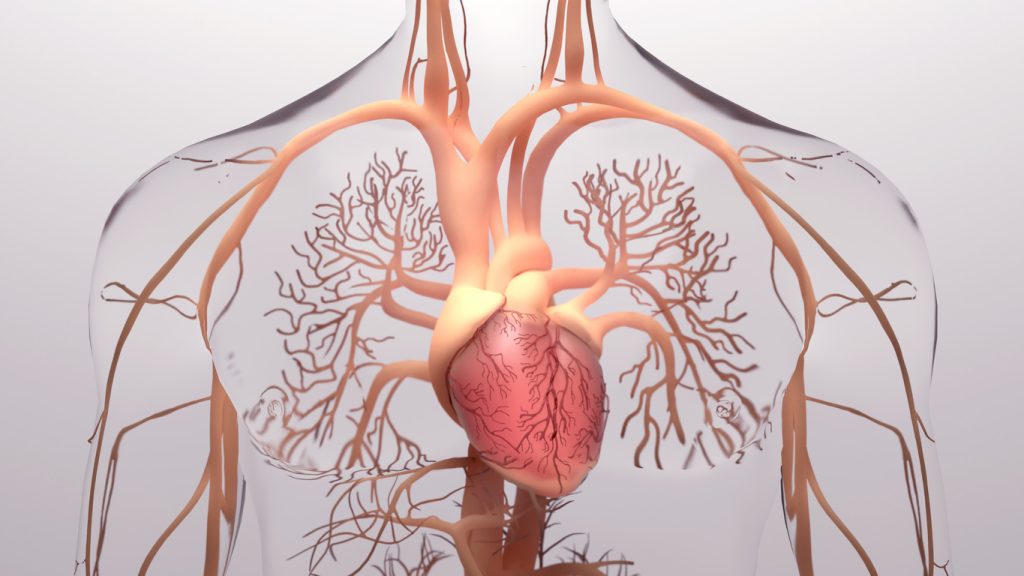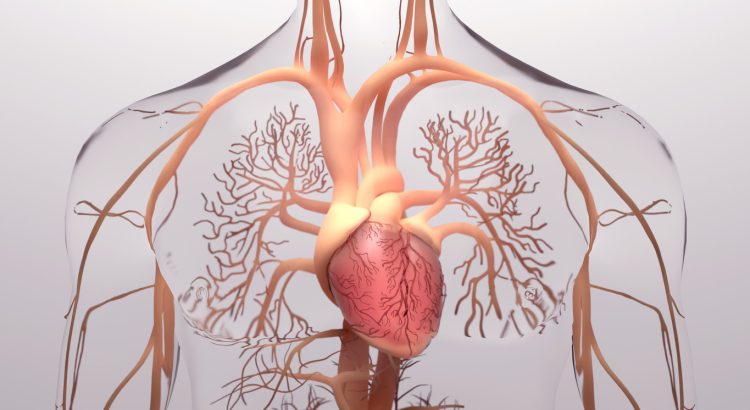
Potential pathologies explained
How can a virus that infects the respiratory tract cause problems for the heart. Moreover, how can an injection in the arm also result in such harm?
There are three types of heart disease that are relevant to covid virus and vaccines and what we know about them and how they relate to other virus infections is worth taking some time to understand. Those are inflammation (eg myocarditis) and ischaemic heart disease (where narrowing of the arteries leads to heart attacks): either of these conditions may result in cardiac arrest.
Inflammation
The immune system can attack three different layers of the heart – the outerlining sack in which it sits causing pericarditis, the muscle layers causing myocarditis, or the inner lining including the valves causing endocarditis. It has been officially acknowledged that both pericarditis and myocarditis can result from either infection or the covid injections. Prior to covid, myocarditis developed as a consequence of other viral infections especially respiratory viruses, bacterial infections, toxins or drugs. As well as other viruses causing myocarditis, other vaccines have in the past too.
It is believed that this occurs either through direct damage to the heart muscle or because when the immune system mounts a response to the virus, it accidentally develops antibodies that can bind to heart muscle cells resulting in an immune attack on the heart. In either case heart muscle cells will die and they cannot be replaced such that a scar will remain in the heart tissue. This matters because even a tiny scar can affect the flow of electricity through the heart muscle that enables the heart to beat in a natural rhythm.
Despite many claims that the primary cause of myocarditis has been covid infection not vaccination, this does not stand up to the most basic scrutiny. The rise in myocarditis was seen globally from vaccine rollout and not before.
The long term prognosis for pre-covid myocarditis was far from benign with 3-4% of those with acute myocarditis requiring heart transplantation. The overall mortality rate after one year was 20% and after five years 44% to 56%. There are currently 89 reports of deaths in the US from myocarditis or pericarditis after vaccination in the VAERS system.
How common myocarditis after vaccination is depends greatly on how it is measured. If only those who come to hospital and have a formal diagnosis of myocarditis recorded in the hospital system are counted then the rate is considerably lower than when active testing is carried out after vaccination when up to 3% of teenage boys showed evidence of damaged heart cells from finding raised troponins in the blood.
Ischaemic Heart Disease
Ischaemic heart disease is caused by thickening of the walls of blood vessels called plaques, which narrow the space available for blood flow and can lead to a damaged vessel lining and clots which can cause a sudden total blockage of an artery or can fire off into the blood causing blockages elsewhere. When this process occurs in the vessels of the heart it can result in inadequate blood supply to the heart muscle resulting in heart pain or angina or, especially with a sudden clot, death of part of the heart muscle causing a heart attack. A small heart attack will leave an area of scarring, which as with myocarditis, can disrupt the flow of electricity causing an abnormal rhythm.
The plaques contain cholesterol and theories have been put forward that cholesterol levels in the blood are partly responsible for the formation of plaques. However, there have been many hypotheses put forward as to what the underlying cause is and there is still uncertainty in this area. For example, there is extensive evidence that psychological stress contributes to heart disease through acceleration of the formation of these plaques but the steps that happen to convert stress into worsening plaque formation are a bit of a mystery. Smoking, high blood pressure and diabetes, as well as rare conditions with unusual circulating fats are all known risk factors that worsen these plaques. They also worsen with age and are worse in men.
One theory is that infections cause damage to the vessel wall that starts the development of plaques. Evidence to support this theory comes from
- Finding antibodies to infectious agents in people with ischaemic heart disease
- Demonstrating viruses and bacteria in the plaques
- Showing an association between plaque formation after transplants and viral infections
- Animal models which show plaque formation after viral or bacterial infections
It has been suggested that both influenza and SARS-CoV-2 can contribute to plaque formation. In winters with more influenza deaths there tend to be more cardiac deaths too. This epidemiological finding has resulted in claims that influenza was the underlying cause of these cardiac deaths. However, the susceptibility to influenza varies each winter thanks to variation in the “seasonal trigger.” What makes up this seasonal trigger is largely unknown and it may be that this is the common factor that causes both influenza and cardiac deaths in winter.
Papers that claim covid has caused heart disease and strokes have often used a healthy control group to compare to a hospitalised group who were covid positive. Clearly ill people are more likely to be ill than healthy people. A recent thorough analysis found that palpitations and chest pain were more common after covid infection but there was no significant increase in heart attacks, angina or heart failure after covid (they also found no increase in strokes).
Although winter 2021/2 had fewer deaths than expected based on recent years, excluding that period, there has been an excess of non-covid, predominantly cardiac deaths since the vaccine rollout. Critically a similar pattern has been seen in Singapore and Australia where covid could not have been the underlying cause. There is therefore good reason to suspect a link between vaccination and ischaemic heart disease.
Post mortems have confirmed this link. Post mortem studies have shown inflammation of the coronary arteries after vaccination causing death four months later. A separate post mortem has shown vaccine derived spike protein in heart muscle in the absence of covid infection in a subject who had myocarditis before he died. A study of 35 autopsies in Germany there were 5 deaths caused by vaccine with a further 20 deaths where a contribution from vaccination could not be excluded.
Cardiac Arrest
The most common causes of death from heart disease are an extensive heart attack, heart failure, where gradual deterioration in the functioning of the heart muscle means it cannot meet the needs of the rest of the body and heart rhythm disturbances. A cardiac arrest, when the heart suddenly stops pumping, can occur either with a massive heart attack or with an abnormal heart rhythm. The latter could result from a previous heart attack or scarring from myocarditis. Other causes include viral infections and chemicals whether caffeine or tobacco or prescribed or recreational drugs.
Covid was associated with a rise in arrest calls (either cardiac or respiratory – it can be hard to distinguish) to ambulances. However, in addition to these increases seen in covid waves there was a stepwise increase in cardiac arrest calls from spring 2021. In total there were 14,000 more calls in 2021 than 2020 and 20,000 more than in 2019. An Israeli paper showed a 25% increase in acute coronary syndrome (i.e. heart attacks or angina) and cardiac arrest calls in 16-39 year olds in Israel associated with the first and second doses of vaccine but not with covid infection.
HART has previously shown that there have been higher recent excess deaths in countries with higher vaccination rates. A recent analysis by Joel Smalley compared regions in the UK in terms of recent deaths compared with deaths in spring 2020. Any confounders such as the age and background health of different regions is controlled by looking only at the difference over time. There was a striking correlation showing that the more boosters a region had had, the higher the increase in excess deaths.
Excess cardiovascular deaths
Recent excess deaths have been predominantly cardiovascular. This includes ischaemic heart disease, heart failure, strokes and other diseases of the circulation e.g. vasculitis (inflammation of the vessels) or aortic dissection. As in previous winters there has been a rise and fall of cardiac deaths in line with a rise and fall of influenza cases and deaths and a relatively small covid wave at the same time.
The key questions that remain about these deaths are:
- Is the association with winter respiratory viruses due to a direct link or is it the seasonal trigger that results in a rise of both viral infections and heart deaths?
- Has something else predisposed people to be more susceptible to heart disease than they were before? (Psychological stress, covid and vaccines may all play a role here).
- Is this increase present in the unvaccinated population or is it unique to the vaccinated population?
Despite the extent of recent deaths there appears to be a great reluctance to answer those questions, particularly the last one.

